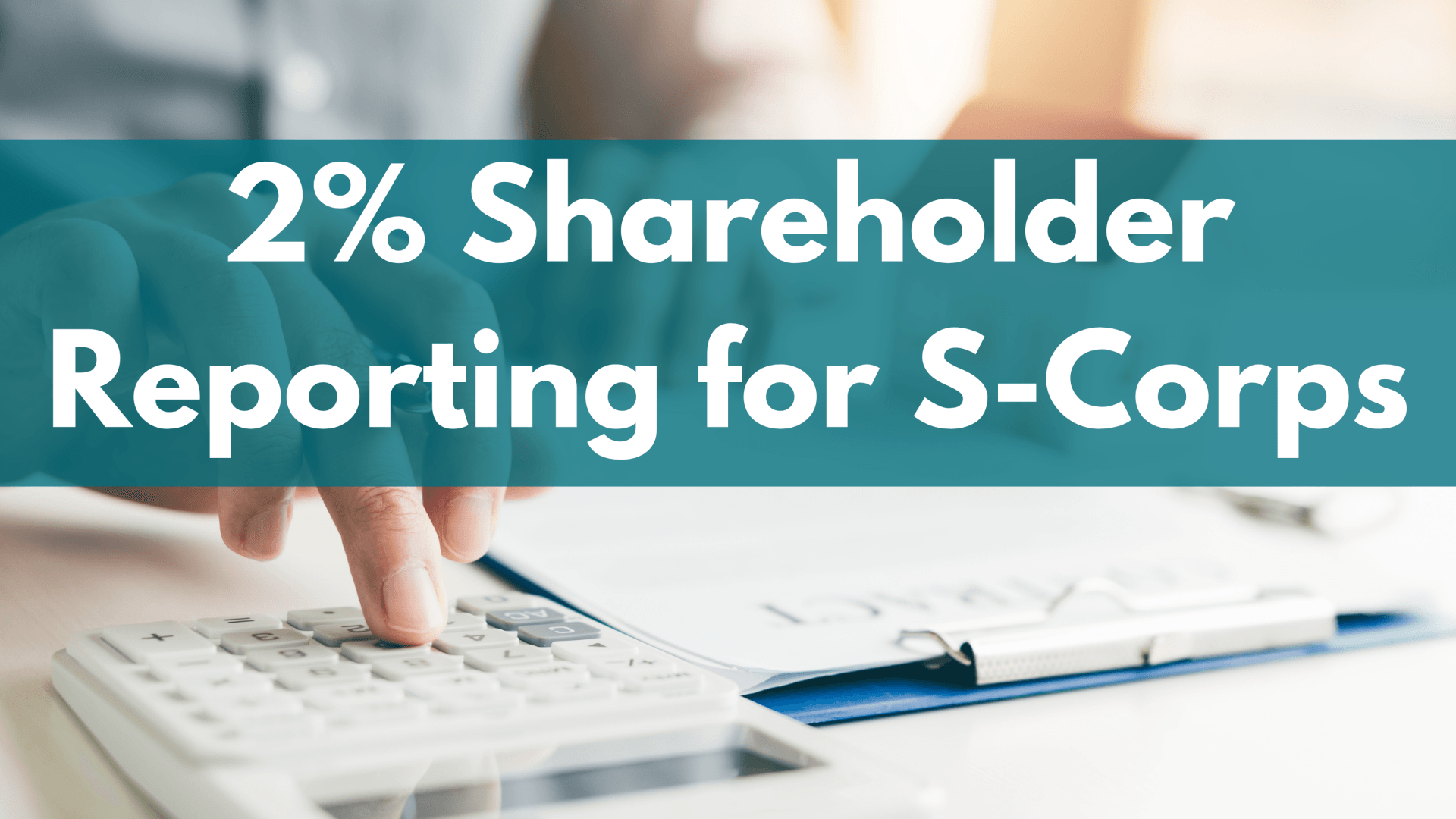
Here are the rules around S-Corp reporting for year end as well as for not taking deductions on a pre-tax basis:
Treating Medical Insurance Premiums as Wages
Health and accident insurance premiums paid on behalf of a greater than 2-percent S corporation shareholder-employee are deductible by the S corporation and reportable as wages on the shareholder-employee’s Form W-2, subject to income tax withholding. (A 2-percent shareholder is someone who owns more than 2 percent of the outstanding stock of the corporation or stock possessing more than 2 percent of the total combined voting power of all stock of the corporation.)
However, these additional wages are not subject to Social Security, or Medicare (FICA), or Unemployment (FUTA) taxes if the payments of premiums are made to or on behalf of an employee under a plan or system that makes provision for all or a class of employees (or employees and their dependents). Therefore, the additional compensation is included in the shareholder-employee’s Box 1 (Wages) of Form W-2, Wage and Tax Statement, but is not included in Boxes 3 and 5 of Form W-2.
This is also attributable to employee family members of the 2 percent owners as defined below:
The
family attribution rules of section 318 of the Code apply to 2% shareholders. This means that S corp stock owned by an individual is also considered to be owned by the shareholder's spouse, child, parent and grandparent.
2 percent shareholders and attributable family members also cannot take Section 125 benefits on a pre-tax basis per the below:
A more than 2% S-corporation shareholder is not considered an employee for IRC Section 125 purposes. They are considered self-employed. Only employees can participate in pre-tax benefits through a Section 125 cafeteria plan. This means that individuals who are considered self-employed are not eligible to participate on a tax-advantaged basis. So, the health FSA and dependent care FSA (DCAP) options become less valuable because their only purpose is the tax savings. Once that is taken away, there really isn’t a point to participating.
On the other hand, they can still continue participation in the underlying health plans through a Section 125 plan (medical, dental, vision), but cannot make premium contributions on a pre-tax basis. The same would be true for any qualified benefit offered through the cafeteria plan. So, owners may generally participate in the plan, but certain owners cannot participate on a pre-tax basis under Section 125. In other words, self-employed owners are allowed to participate in the plan itself (assuming they are otherwise eligible per the terms of the plan), but self-employed owners are not allowed to participate on a tax-favored basis under Section 125, whether the plan is a fully insured plan or a self-insured plan. So, if the owner is not an employee, they would just have to participate by paying premiums post-tax. C-corporation owners are generally treated as employees and eligible to participate on a pre-tax basis.
If you have any questions, or for further guidance, contact SimcoHR.
Sign up for our newsletter.




